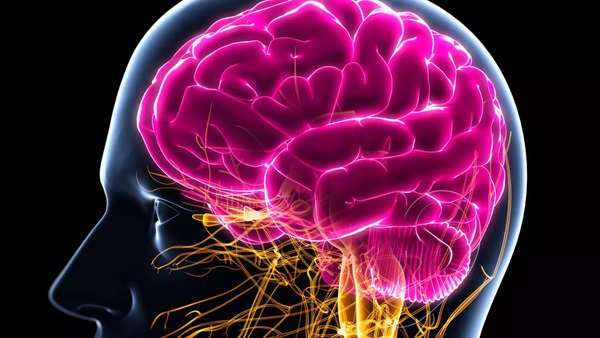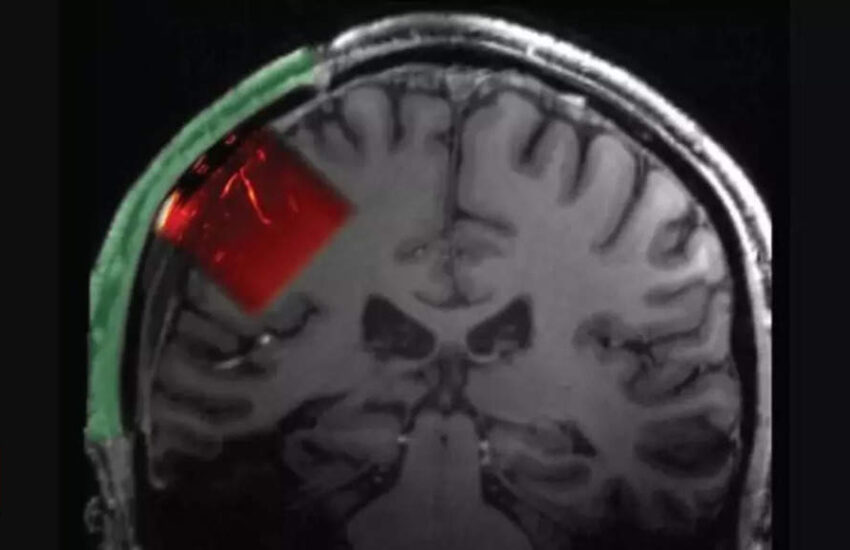The research team, led by Richard Andersen from the California Institute of Technology, and Charles Liu, a neurosurgeon at the University of Southern California, developed a method to observe the brain’s intricacies with unprecedented clarity.They achieved this by installing an ‘acoustically transparent’ window into the skull of a volunteer, which allowed them to use functional ultrasound imaging to capture the brain’s activity.

Representative image
This volunteer, a man whose identity remains confidential, participated in various activities, including playing a video game and strumming a guitar, while the scientists recorded his brain activity. The ultrasound waves passed through the window in his skull, bounced off the brain tissues, and returned to the probe, providing a real-time map of blood flow and neuronal activity.
The focus of the study was on the posterior parietal cortex and the motor cortex, regions known for their role in coordinating movement. By assessing changes in blood volume within these areas, the researchers could indirectly track the activity of brain cells. Active neurons demand more oxygen and nutrients, which are delivered via increased blood flow.
This technique’s resolution is remarkable, pinpointing activity to within 100 micrometers. To put this in perspective, a single neuron is approximately 10 micrometers in size, which means the level of detail observed is close to individual neurons.
The implications of this study are vast. For one, it provides a less invasive alternative to current brain-mapping methods, which often require more intrusive procedures. Moreover, it opens up possibilities for better understanding neurological conditions and developing more effective treatments.
The success of this study builds upon previous research conducted on nonhuman primates and represents a significant leap from laboratory settings to practical, real-world applications. The ability to monitor brain activity in real-time, outside medical facilities, offers a new avenue for neuroscience research.
The study’s findings are not only a triumph for the scientific community but also hold promise for future medical applications. The non-invasive nature of this technique could revolutionize how doctors diagnose and monitor neurological disorders, potentially leading to breakthroughs in treatment methods.
As the field of neuroscience continues to evolve, the use of ultrasound in brain mapping signifies a pivotal shift towards more humane and less intrusive research methods. The team’s work exemplifies the synergy between technology and medicine, paving the way for a future where understanding the human brain is no longer limited by the invasiveness of our tools but enhanced by the precision and gentleness of our approach. The journey of discovery into the human mind has taken a significant stride forward, thanks to the innovative work of scientists who dare to reimagine the boundaries of possibility.
Putin’s Military Blitz Spooks Ukrainians; Zelensky’s Army Open Fire At Army Dodgers At Borders

